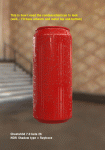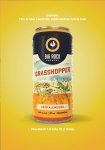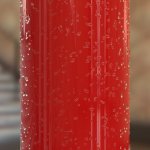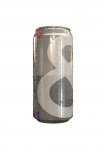Condensation Render Inconsistencies
Hi All.
I opened a project from last year (some beer cans with condensation) that I need to modify with new artwork. I found that rendering the same file in the latest version of Cheetah3D (C3D 7.2.1) gave significantly different results.
I've told my client the next set of cans would be exactly the same and I'm hoping to achieve it in the latest C3D.
If you look at the attached image, C3D v7.0 beta 26 with Shadow type set to 'Raytrace' gives me the results I need to replicate for my new project.
C3D v7.0 beta 27 or beta 28 changed something and I can no longer get the results I need. I've tried everything I can think of, including different Ray Depth settings and different Render Tag settings.
Is this a bug? I'm unsure, but there needs be a way to render water droplets.
I've linked to a simplified file to see if anyone can help. >> https://www.dropbox.com/s/roscyzus0acqxda/CanCondensationTest.jas.zip?dl=0
Thanks in advance!
--shift studio.
Hi All.
I opened a project from last year (some beer cans with condensation) that I need to modify with new artwork. I found that rendering the same file in the latest version of Cheetah3D (C3D 7.2.1) gave significantly different results.
I've told my client the next set of cans would be exactly the same and I'm hoping to achieve it in the latest C3D.
If you look at the attached image, C3D v7.0 beta 26 with Shadow type set to 'Raytrace' gives me the results I need to replicate for my new project.
C3D v7.0 beta 27 or beta 28 changed something and I can no longer get the results I need. I've tried everything I can think of, including different Ray Depth settings and different Render Tag settings.
Is this a bug? I'm unsure, but there needs be a way to render water droplets.
I've linked to a simplified file to see if anyone can help. >> https://www.dropbox.com/s/roscyzus0acqxda/CanCondensationTest.jas.zip?dl=0
Thanks in advance!
--shift studio.






